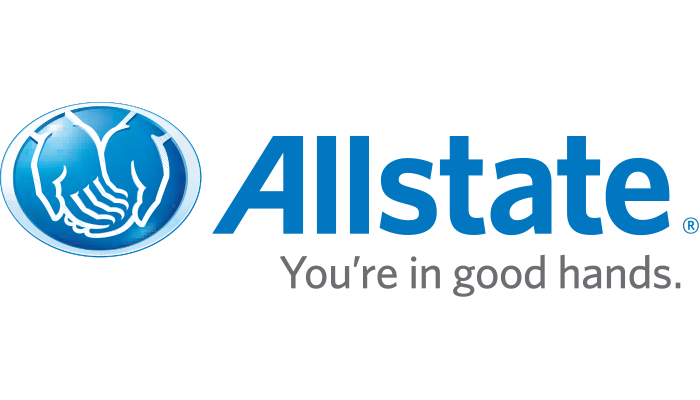Auto Insurance Requirements in Alaska
Alaska’s Mandatory Insurance Law requires drivers to carry liability auto insurance unless they live in an area where registration is not required. Even if registration isn't required, you'll have to carry auto insurance if you were ticketed for a violation of six points or more within the last five years.
Contents
Registration and auto insurance are required in the top five largest cities: Anchorage, Fairbanks, Juneau, Eagle River and Badger. You can purchase liability auto insurance in Alaska to meet the Mandatory Insurance Law, or you could choose an alternate form of insurance to meet Alaska’s requirements.
Much of the Last Frontier is not accessible by roads — you have to fly or take a boat to reach Alaska’s capital, Juneau. If you happen to be pulled over in an area where registration and insurance are required, you’ll have to present proof of insurance — either an insurance ID card or electronic proof of insurance on your smartphone or tablet. If you fail to provide proof of financial responsibility, you could be fined or your vehicle could be impounded.
Alaska required car insurance coverage
Required min. limits | |
|---|---|
| $50,000 per person / $100,000 per accident | |
| $25,000 per accident |
Alaska car insurance requirements and minimums
In areas of Alaska where auto insurance is mandatory, your policy must at least include Bodily Injury and Property damage coverage. State law requires that you buy liability coverage equal to or exceeding the following limits:
Bodily Injury (BI): $50,000/person, $100,000/accident
Requirement
- $50,000 per injured person
- $100,000 per accident for two or more injured persons
Covers
- Your personal assets
- Legal fees in the event that the other party sues you, only up to the stated limit amount
-
Learn more
Does not cover
- Your own medical bills
Property Damage (PD): $25,000/accident
Requirement
- $25,000 per accident
- Higher limits are available, which varies by insurer
Covers
- Everything from the other driver’s car
- Other properties that are damaged in the accident (buildings, fences, etc)
-
Learn more
Cheapest companies in Alaska for minimum liability
Optional car insurance coverage in Alaska
The above two types of coverage are just the bare minimum - you can always get more protection if you'd like. You can purchase higher limits, or extra types of protection, such as the optional ones below. They may get tacked onto your policy automatically and can be worthwhile to further protect your assets, but you can always reject optional coverage from insurers in Alaska.
Uninsured / Underinsured Motorists (UM/UIM): 13% of drivers in Alaska are uninsured. If an uninsured motorist is responsible for a collision or you experience a hit & run situation, you won’t be able to file a claim with the driver’s insurer to cover any medical expenses or property damage. Uninsured Motorists coverage pays for any losses that the other motorist cannot. For a collision with an underinsured motorist (a driver who may just have the minimum limits of bodily injury and property damage insurance), your UIM coverage will cover the difference of the liable party’s policy up to your purchased limits. UM/UIM coverage will pay for damages that result from the accident such as your personal injuries, physical damage to your vehicle, or property damage. Alaskan drivers usually purchase UM/UIM limits of $50,000 per person and $100,000 for two or more people in an accident.
Physical Damage: This consists of collision and comprehensive coverage. Regardless of your liability, collision and comprehensive coverage will cover the costs of car repairs. While collision coverage pays for the cost to repair your car after a direct impact with a car, comprehensive coverage pays for repair work caused by an incident other than a crash (a tree falling on your car or a hailstorm). Alaskans typically opt for deductibles of $500 for collision and $100 for comprehensive; the lower your deductible, the higher your premium.
Medical Payments Coverage (MedPay): MedPay can cover medical and funeral expenses resulting from an accident, regardless of whether you were at fault. MedPay coverage extends to the driver, family members, and passengers of the vehicle. MedPay can also pay for the costs of hospital visits and stays, doctor visits, surgeries and x-rays, EMT and ambulance fees, funerals, and more. Alaskans commonly choose MedPay coverage up to a limit of $5,000.
Alternative proof of financial responsibility
Apart from getting auto insurance, you can meet the requirements of the Financial Responsibility and Mandatory Insurance Law by buying an alternate form of financial responsibility. Here are the alternatives:
Surety bond: Alaska accepts surety bonds as proof of financial responsibility. A surety bond is a contract between a driver and a licensed surety company that says that if the driver cannot pay for the damages resulting from an accident, the surety company will pay in the driver’s place. Your bond must cover damages up to the minimum limits for Bodily Injury and Property Damage mandated by Alaska law. After the surety company has paid any claims, you will then have to reimburse your surety company for any claims they have paid. You will be given a certificate to serve as your proof of insurance once your bond is issued.
Self-Insurance: if you have more than 25 cars registered under your name, you could apply to be a self-insurer. In order to be qualified to be a self-insurer, you must prove to the DMV that you will be able to pay at least $125,000 for a judgment for property damage, bodily injury, or both. If the DMV believes that you have provided satisfactory proof of financial responsibility, you will be issued a certificate of self-insurance for either property damage or bodily injury, or both.



